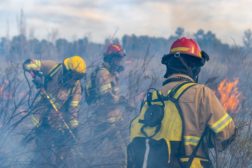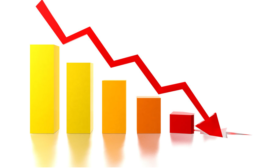Home » Keywords: » cancer
Items Tagged with 'cancer'
ARTICLES
NIOSH launches the National Firefighter Registry for Cancer
All U.S. firefighters encouraged to join
April 19, 2023
Study IDs states with highest rates of melanoma due to UV radiation
Several landlocked states among those with highest rates
February 19, 2020
A FairWarning story
Johnson & Johnson hit with $4.69 billion loss in baby powder-ovarian cancer case
July 13, 2018
Cancer death rate continues its decades-long drop
Health experts credit tobacco control measures as one factor
January 5, 2018
Become a Leader in Safety Culture
Build your knowledge with ISHN, covering key safety, health and industrial hygiene news, products, and trends.
JOIN TODAYCopyright ©2024. All Rights Reserved BNP Media.
Design, CMS, Hosting & Web Development :: ePublishing







